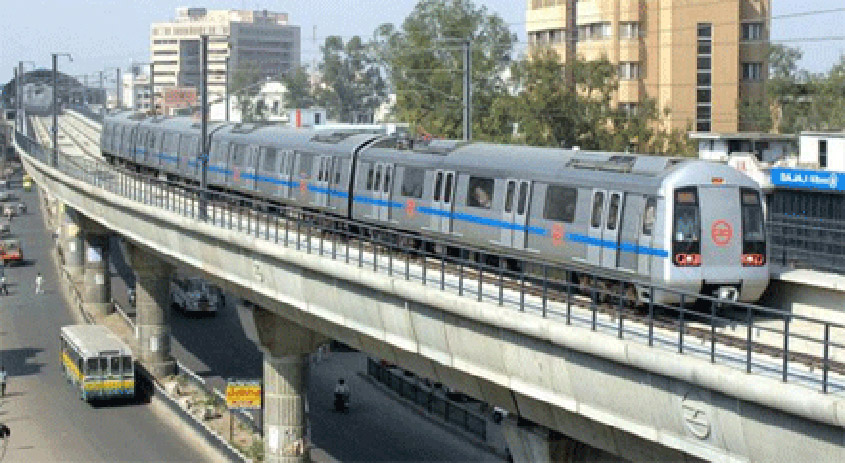The Delhi Metro Rail Corporation (DMRC) will take extensive measures to prevent repeated technical snags from taking place in Metro’s Blue Line. These snags have been causing a lot of inconvenience to commuters.
Among the identified problems behind the snags are faults in the Automatic Train Control (ATC) systems, faulty signalling and failure of the track circuits and sometimes, failure of the Automatic Train Supervision (ATS) system.
The DMRC has also reported cases of theft of copper cables used for track circuit signalling in the Blue Line. This has been one of the major causes for the frequent technical snags that have been leading to bunching and delaying of Metro trains on the Blue Line.
A senior DMRC official told The Sunday Guardian: “Since a major part of Delhi Metro’s Blue Line runs overhead, our track circuit wiring made of copper is being stolen, mostly from Noida and Dwarka areas. To address this problem, we are now shifting from copper cables to steel cables and we hope to address this problem through this measure.”
The official also said that faults in the overhead electrification (OHE) line due to climatic conditions or problems created by birds, leading to delays, are also being addressed.
“A number of improvements have already been done in the OHE, as almost 90% of the Blue Line is exposed to climatic conditions and interruptions as it runs overhead. Hardware and software related modifications have been completed in 175 trains and maintenance audits have been done in 56 trains. An action plan is being prepared based on the experiences of the past to prevent repetition of problems. In Traction (OHE) too, insulators have been replaced across the network to prevent disruptions. Training has been provided to staff at the Northern Railway Electric Training Centre in Kanpur. An OHE maintenance training simulator has also been developed for providing enhanced training to the Traction staff,” the DMRC official said.
The DMRC is also taking a technological leap in terms of train signalling and efficient management of trains in its Phase III projects that would have almost 90 km of overhead lines and 55 km of underground lines, and are likely to be operational from early next year.
Among the new technologies that would be inducted to make train operations in Phase III more efficient are the CBTC (Communication Based Train Control) system, in which trains would be able to communicate with each other in a more efficient way. DMRC officials said this would also help in increasing the train frequency on these lines. Train frequency in Phase III lines is expected to be within 90 to 100 seconds.
A senior DMRC official said: “With every passing phase, we try to make technological advancements to make the Metro more efficient and more reliable for commuters. Likewise, we have also inducted these new technologies along with driverless trains that could be seen in the upcoming

